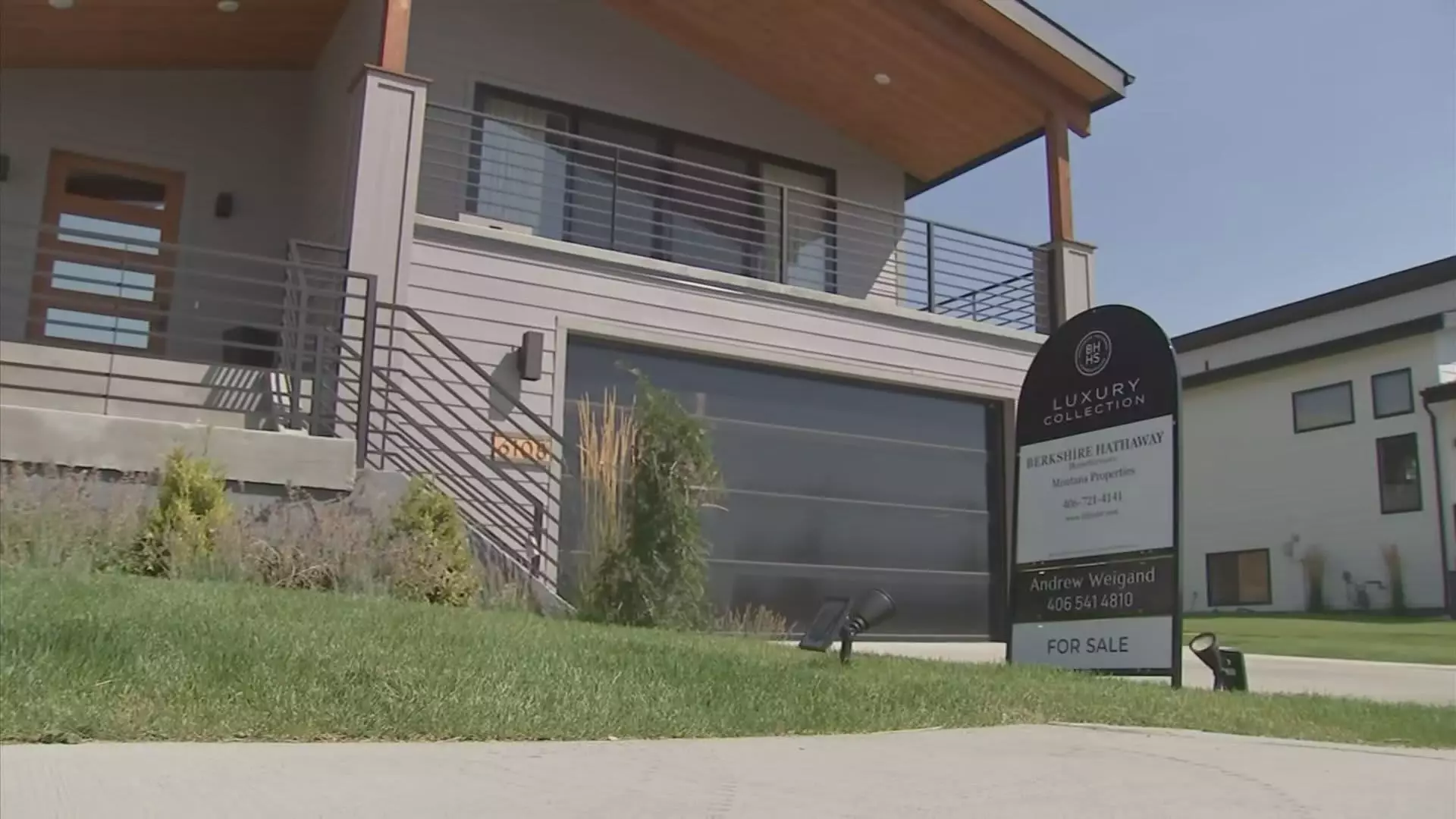In recent years, the landscape of the housing market has shifted dramatically, leaving first-time homebuyers in a precarious position as they search for viable entry-level properties. As we approach the buying season of 2025, the stark reality emerges: the affordable starter homes that once dotted neighborhoods across America are increasingly rare. This trend poses critical challenges for new buyers looking to secure their first piece of real estate.
The concept of a “starter home” generally refers to modestly sized residences, often less than 1,400 square feet, that serve as the initial foothold for many into homeownership. However, data from the Census Bureau reveals a significant decline in such properties, with only 9% of new homes built in the U.S. in 2023 falling under this categorization. In stark contrast, back in 1982, this figure was nearly 40%. This dramatic shift raises questions about what has changed in the housing market and why affordability has become so elusive.
Various factors contribute to this downturn in starter homes. Among the most notable are restrictive zoning laws that have emerged across the U.S. Local regulations dictate what can be built and where, leading to a constriction in the types of homes developers can construct. When builders are forced to conform to these rigid guidelines, the cost of home construction skyrockets, often resulting in a focus on high-end properties rather than affordable options. This, according to experts like Sam Khater from Freddie Mac, is not merely a matter of builders seeking higher profits, but rather a consequence of being unable to build more affordable units at all.
The economic climate surrounding homebuilding is fraught with complications. Since the tumultuous years of the 2007-2008 financial crisis, the industry has experienced significant consolidation. New construction rates are lagging far behind the robust levels seen in the early 2000s, exacerbated by soaring prices. The median home price has surged over 52% from January 2020 to October 2024, according to the S&P CoreLogic Case-Shiller U.S. National Home Price Index. As reported by Selma Hepp of CoreLogic, the combination of soaring labor and materials costs, which have increased by approximately 50% over the past decade, alongside skyrocketing land prices—more than double that growth—has rendered the construction of affordable homes increasingly untenable.
This combination of challenges creates a bottleneck effect on the housing market, where current homeowners are reluctant to sell their properties due to historically low mortgage rates. Consequently, the stock of existing homes available for sale dwindles, further fueling price increases. This new dynamic has fostered an environment where nearly three million would-be first-time homeowners find themselves at a disadvantage.
Perhaps one of the most striking revelations in this evolving market is the changed demographic of first-time buyers. The median age of first-time buyers has climbed to an unprecedented 38 years, compared to just 29 in 1981. This shift not only reflects the delayed entry into homeownership but also highlights the increasing barriers faced by younger generations. While the influx of all-cash buyers indicates wealth concentration in the housing market, it simultaneously sidelines those relying on traditional mortgage financing.
The current market, characterized by low first-time buyer participation contrasted with a surge of cash transactions, reveals a stark imbalance. As Jessica Lautz from the National Association of Realtors points out, the conditions are exceedingly unusual and troubling for potential homeowners who are trying to navigate these complexities.
So, what can be done to restore the viability of starter homes and help first-time buyers break into the market? Policy adjustments are essential. Local governments need to rethink zoning laws and incentivize the construction of affordable housing. Flexibility in regulations, combined with a commitment to increasing the supply of lower-cost homes, could begin to ease the burdens faced by prospective buyers.
While the starter home crisis poses a daunting challenge for first-time homebuyers as the 2025 buying season approaches, targeted policy initiatives and a collective revaluation of housing needs can pave the way toward a more accessible housing market. It is imperative that we act now to ensure that the American dream of homeownership remains within reach for future generations.

